Baby Weaning: All You Should Know

Once your little one is six months old, your baby will need some ‘solid’ food in his/her diet to provide for the additional nutrients needed for your baby’s growth and development. Weaning is the process of introducing complementary foods in your baby’s diet, alongside your breast milk, around the age of six months. Weaning is often referred to as a change from one type of food to another. Remember, up until now, your baby has only had breast milk (also known as mother’s milk, is the milk produced by mammary glands located in the breast of a human female) or formula milk (top feed), so the taste and texture of any food you give your baby will be a totally new experience for him/her. He/she may not like it at first and spit it out immediately, or he/she may love it and demand more – both reactions are quite normal. Weaning can be difficult and confusing for your child as well as for you; stay patient and enjoy every moment of this beautiful process. Read on to know more about weaning.
Start Baby Weaning SlowlyWeaning your baby should be done gradually, starting with a teaspoon or two, once a day. These first solids are not a main source of nourishment and your baby should continue with normal milk feeds. Your baby will cope better if the food is smooth, so give puréed or mashed, cooked fruit and vegetables, or baby rice mixed with breast or formula milk. Offer the food halfway through a milk feed so that your baby isn’t too hungry or too full to want to try it. At first, you should offer no more than one or two new tastes every few days. Once your baby is happy with these, you can introduce new foods and eventually start mixing different foods together. Don’t try to force your baby to eat something that he/she obviously dislikes, wait for a week or two, and then try that food again.
Foods to Include When WeaningThe first foods you give your baby should be bland and smooth. Baby rice is good first food, or you could try root vegetables like potato or carrot, and fruits such as banana and cooked apple or pear.
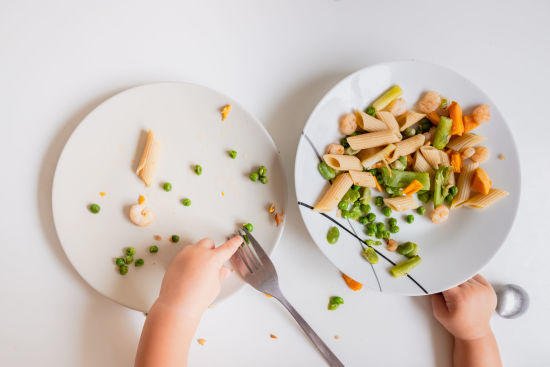
Once weaning is established, your baby should be having foods such as the ones listed below, from the following groups each day.
1.Starchy foods – Bread, cereals, rice, and potatoes.
2.Dairy products – Cheese, yogurt, and full-fat fromage frais (a type of smooth soft fresh cheese). Cows’ milk shouldn’t be given as a drink to your baby until after one year but can be used to mix with rice.
3.Meat and fish – Lean meat, poultry, and white fish – or vegetarian alternatives such as beans, pulses, and grains. Shellfish isn’t suitable for babies.
4.Vegetables – Root vegetables (yams, turnips, and beetroots), beans, and cauliflower.
5.Fruit – Apples, plums, apricots, pears, and bananas.
6.Citrus and berry fruits like strawberries should be introduced with caution as they can cause sensitivities in some children. Foods from this group should be introduced into your baby’s diet, gradually, ideally one at a time to check if your child has an intolerance to any of them.
Food to Avoid When Weaning Your Baby

1) Salt. Don’t add salt to your baby’s food. It can overload his/her immature kidneys and cause digestion problems. Avoid processed foods that haven’t been made specifically for babies.
2) Sugar. Too much sugar can encourage a ‘sweet tooth’ and lead to tooth decay, so don’t add sugar to your baby’s food, and avoid all other high-sugar foods.
3) Fruit juices should be well diluted with one part juice to 10 parts water. Cereals can be sweetened with mashed bananas or other fruits.
4) Honey. Honey contains a type of bacteria that can cause infant botulism (a rare bacterial infection that occurs in the large intestine of babies), so it shouldn’t be offered before your baby is one year old.
5) Eggs: Egg whites (the clear, thick liquid that surrounds the bright yellow yolk of an egg) shouldn’t be given before your baby is eight months. Egg yolks (the yellow part at the center of an egg) can be given earlier but must be thoroughly cooked to avoid any risk of salmonella (an infection with salmonella bacteria, commonly caused by contaminated food or water).
6) Tea, coffee and soft drinks. These are not suitable for babies as they contain caffeine and should be avoided. Soft or fizzy drinks are filled with gas and can trouble your baby’s stomach.
7) Nuts. Foods containing nuts can be introduced once your baby is six months old. But you should keep a careful check for any reaction to these foods. You can offer baby peanut butter or nut butter instead, as long as your little one is not allergic. It is advisable to discuss the introduction of nuts in any form with your paediatrician.
Whole nuts should not be given under five years because of the risk of choking.
Allergies to be Aware Of
If there is a family history of food allergy, eczema, asthma (obstructive disease of the airways), or hay fever, or your baby has eczema (also called infant eczema or atopic dermatitis), your baby is at a higher risk of food allergies. The most common food allergies in babies are from cow’s milk, eggs, and peanuts. If there is a risk of food allergy, ask for advice from your general physician/paediatrician before you start weaning.
Equipment to Consider For Baby Weaning
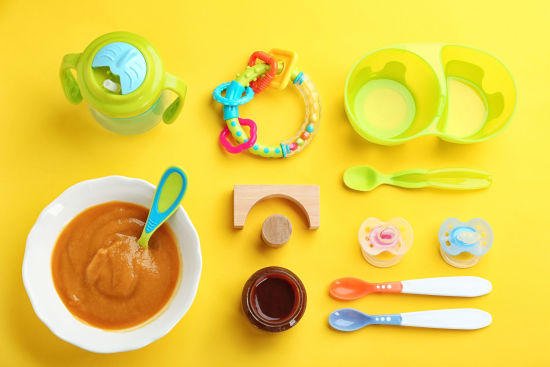
First foods need to be puréed – this can be done using a blender or liquidizer, although a sieve and spoon will give you similar results. Once your baby has learned to chew, he/she will be able to cope with lumpier foods, which can be mashed with a fork. Your baby should have his/her own feeding utensils and these should be sterilized until he is at least six months old. You’ll need a bowl and teaspoon, a feeding cup, and a supply of bibs (also known as onesies), and tissue paper/handkerchief.
Important Baby Weaning Tips1)If a particular food is rejected, try something different and then reintroduce it again later.
2) Gradually build up to lumpy textures.
3) Offer lots of different food to get your baby used to different tastes and textures.
4) If you use jars, tins, or packs of baby food, make sure that they are appropriate for your baby’s age.
5) Never feed your baby straight from a baby food container. The digestive substances in saliva can find their way into the container and make any remaining food unsuitable for another meal.
6) Always decant (gradually pour) the food into your baby’s bowl.
Incorporating Weaning Into Family MealsOnce weaning your baby has been established, your baby will enjoy sitting with you and joining in family mealtimes. If you are giving your baby food that you’ve cooked for the rest of the family, make sure you remove his/her portion before adding any salt or seasoning. You may prefer to make your baby’s food separately, in batches. This means that you can freeze the food in ice-cube trays, then the frozen cubes can be stored in freezer bags, ready to be defrosted when you need them. Weaning can cause a lot of stress, and anxiety for your baby, and for you, too. You may feel a sense of relief once breastfeeding has ended (at around 1 to 3 years of age), but you may be surprised to find that weaning can be a very emotional and happy experience.
Disclaimer:This article is written by the Practitioner for informational and educational purposes only. The content presented on this page should not be considered as a substitute for medical expertise. Please “DO NOT SELF-MEDICATE” and seek professional help regarding any health conditions or concerns. We will not be responsible for any act or omission arising from the interpretation of the content present on this page.
All About Expressed Breast Milk
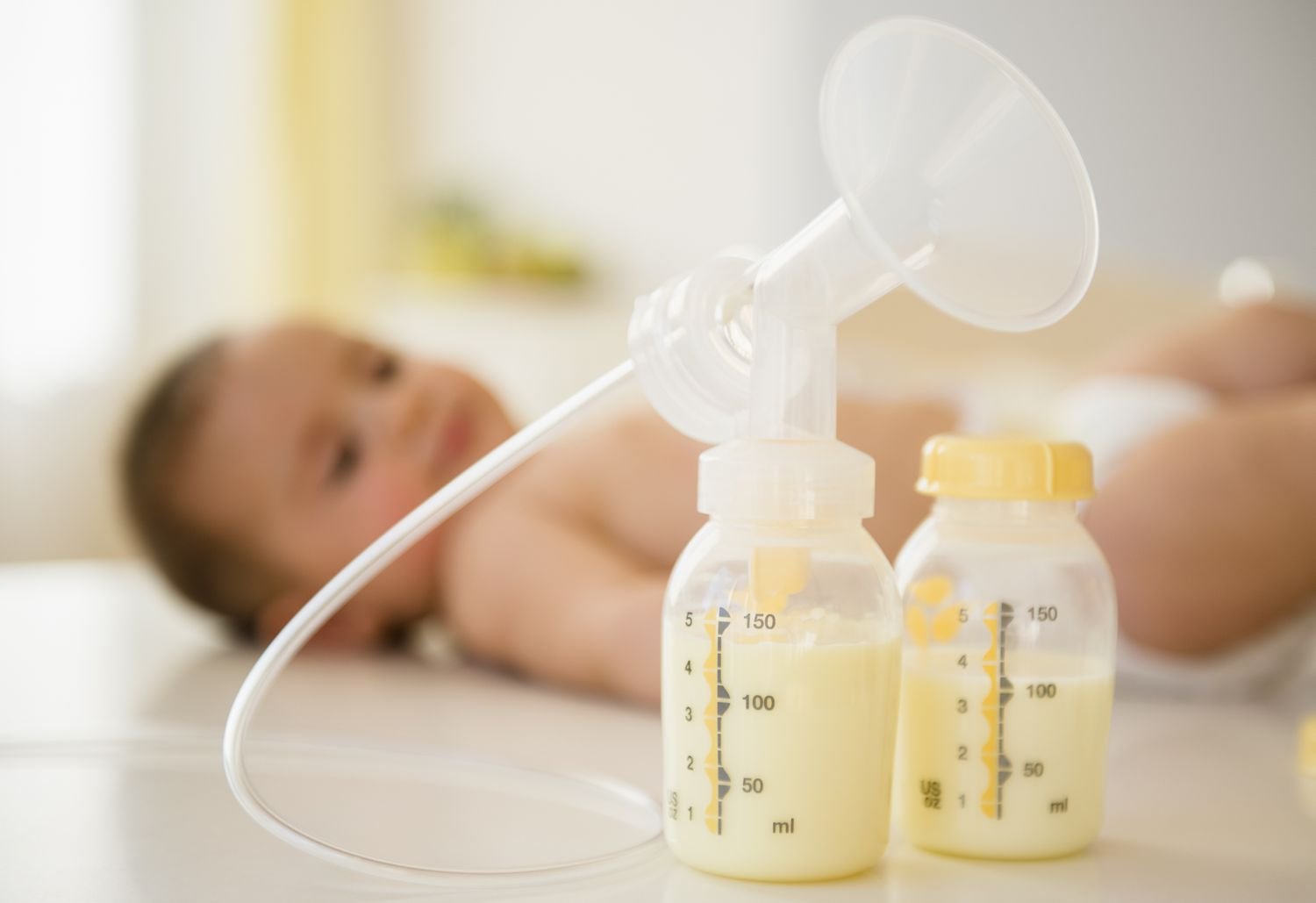
Breastfeeding is a lifelong gift you can give your kid. Breastfeeding, often known as nursing, is the practise of providing milk from a woman’s breast to newborn babies children. It not only boosts your baby’s health, but it also benefits you, your family, and society. The milk generated by mammary glands in your breasts is known as breast milk or mother’s milk. Breastfeeding ensures that your kid gets all of the nutrients he or she needs in the right amounts and protects them from allergies and infections. While breastfeeding should begin within the first hour of your baby’s life, there are instances or situations when you may not be able to breastfeed. During these times, expressed breast milk can save the day. When you’re not around, express breast milk is the greatest meal for your kid. Squeezing milk from your breast so you can preserve it and feed it to your baby later is known as express milk. You can use a breast pump or express milk by hand. If you’re travelling for an emergency, if your breasts are swollen and full, or if your baby can’t suck effectively but you still want to offer breast milk, you might want to express your milk.
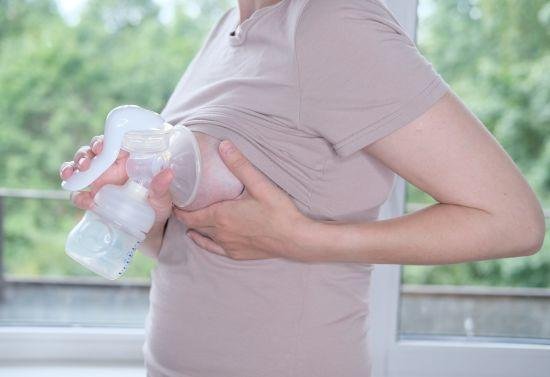
If you’re not sure about some elements, expressing and storing your breast milk might be a stressful process. Continue reading to learn the answers to some of the most frequently asked questions concerning extracted breast milk.
1. Should you store extracted breast milk in a glass or plastic container?
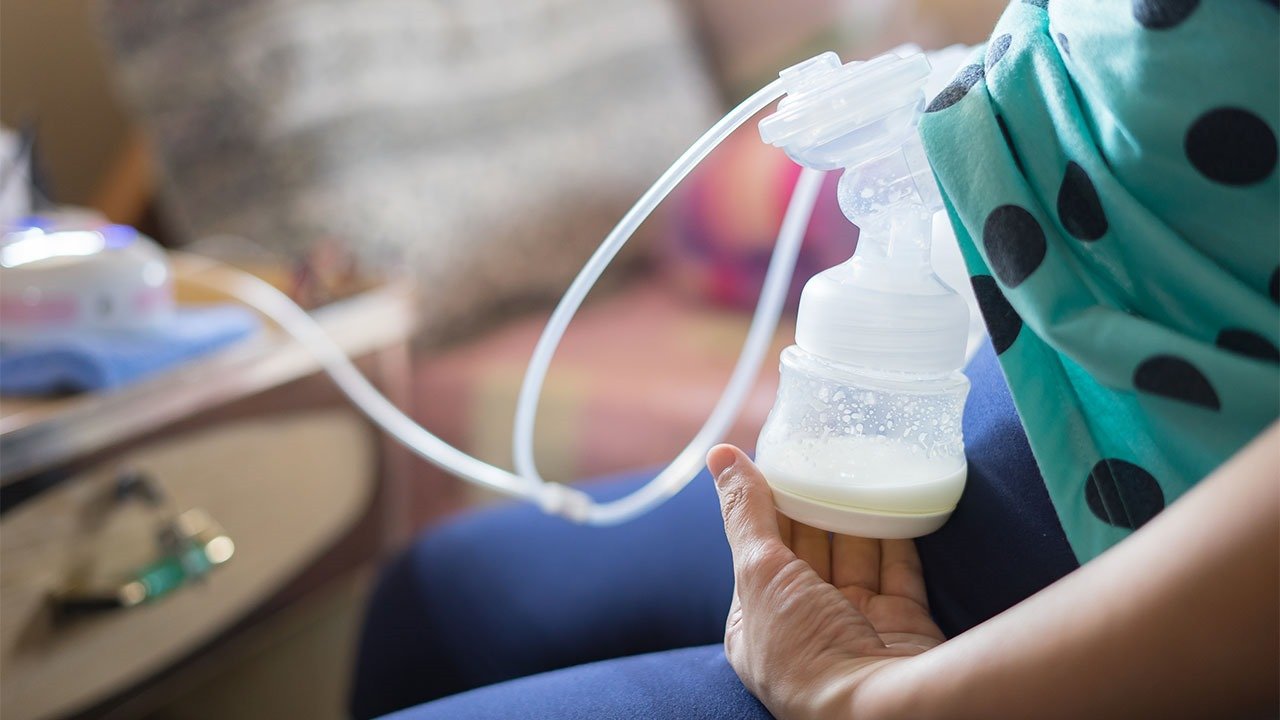
Hands should be washed with soap and water before expressing or handling breast milk. The expressed milk should then be stored in a clean, capped glass or BPA-free hard plastic container. Bisphenol A (BPA) is an industrial chemical that is used in the production of some polymers. You can also use milk collecting and storage bags made specifically for this purpose. Breast milk storage bags, on the other hand, are more likely to rip, leak, and become contaminated (made impure by adding a dangerous chemical) than hard-sided containers. Place the bags in a hard plastic food storage container with a securely sealed cover for added protection. Breast milk should not be stored in disposable bottle liners or plastic bags intended for everyday usage.
2. How should expressed breast milk be stored?
Label each jar with the date you expressed the breast milk using waterproof labels and ink. Add your baby’s name on the label if you’re keeping expressed milk at a child care facility. Place the containers in the cooler part of the refrigerator or freezer. If you don’t have access to a refrigerator or freezer, keep the milk in an insulated cooler for the time being (a portable container with a layer of insulation to ensure that it keeps foods cold). Fill each containers with enough milk for one feeding for your baby.
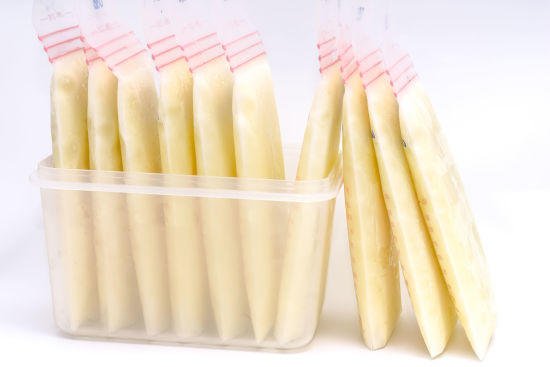
You might start with 2 to 4 ounces (59 to 118 millilitres), and then adjust as needed. Also consider storing smaller portions, around 1 to 2 ounces (30 to 59 millilitres), for unexpected situations or delays in regular feedings. Breast milk expands as it freezes, so don’t fill containers to the brim.
3. Can you add freshly expressed breast milk to already stored milk?
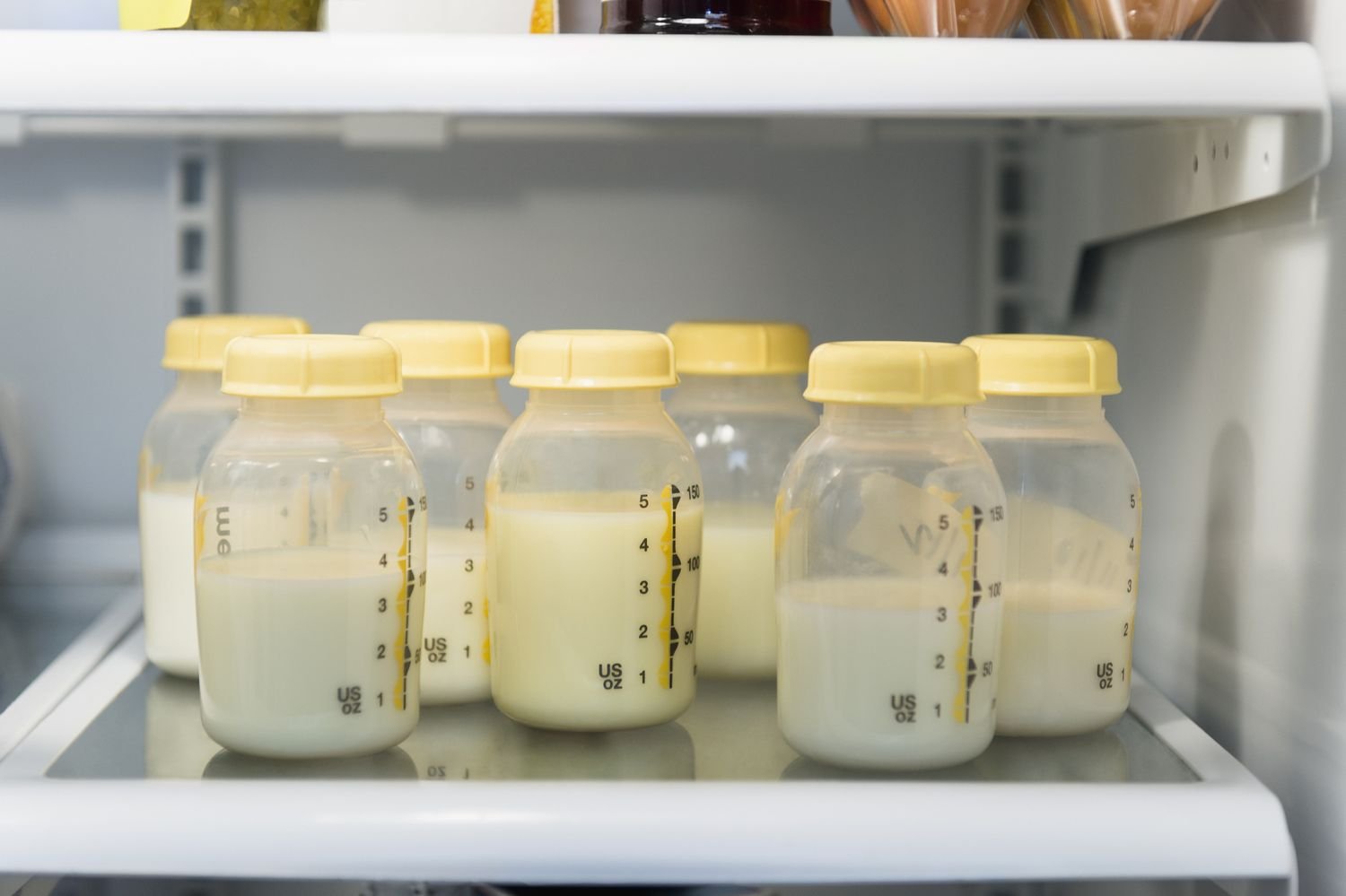
You can add freshly expressed breast milk to refrigerated or frozen milk you expressed earlier in the same day. However, thoroughly cool the freshly expressed breast milk in the refrigerator or a cooler with ice packs before adding it to previously chilled or frozen milk. Don’t add warm breast milk to frozen breast milk because it will cause the frozen milk to partially thaw (become liquid or soft as a result of warming up).
4. How long can expressed breast milk be kept or stored?
How long you can safely keep expressed breast milk depends on the storage method. Consider these general guidelines for healthy infants:
1.Room temperature. Freshly expressed breast milk can be kept at room temperature for up to six hours. However, use or proper storage within four hours is optimal. If the room is really warm, the limit is four hours.
2. Insulated cooler. Freshly expressed breast milk can be stored in an insulated cooler with ice packs for up to one day.
3.Refrigerator. Freshly expressed breast milk can be stored in the back of the refrigerator for up to five days in clean conditions. However, use or freezer storage within three days is optimal.
4.Deep freezer. Freshly expressed breast milk can be stored in the back of a deep freezer for up to 12 months. However, using the frozen milk within six months is optimal.
Keep in mind research suggests that the longer you store breast milk — whether in the refrigerator or in the freezer — the greater the loss of vitamin C in the milk. Breast milk contains plenty of vitamin C. Vitamin C, also known as ascorbic acid, is critical for your baby’s immune system, iron absorption, and for the healthy production of various tissues. It’s also important to note that breast milk expressed when a baby is a newborn won’t as completely meet the same baby’s needs when he or she is a few months older. Also, storage guidelines might differ for preterm (infant born before 37th week of pregnancy), sick, or hospitalized infants.
5. How do you thaw frozen breast milk?
Thaw the oldest milk first. Place the frozen container in the refrigerator the night before you intend to use it. You can also gently warm the milk by placing it under warm running water or in a bowl of warm water. Also, don’t heat a frozen bottle in the microwave or very quickly on the stove. Some parts of the milk might be too hot, and others cold.
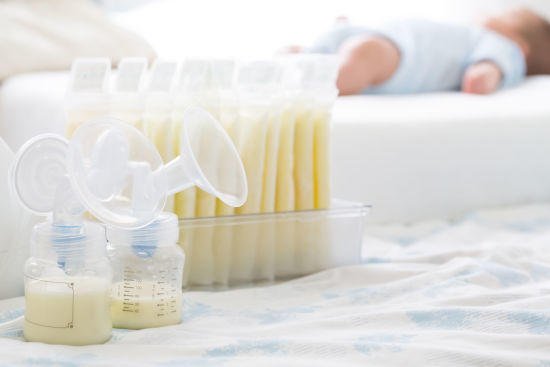
Some research also suggests that rapid heating can affect the milk’s antibodies (proteins needed by your baby’s immune system to fight foreign substances). While further research is needed on whether previously frozen milk that’s been thawed can be frozen again and safely used, many experts recommend discarding thawed milk that isn’t used within 24 hours.
6. Does thawed breast milk smell or look different from fresh breast milk?
The colour of your breast milk might vary, depending on your diet. Also, thawed breast milk might seem to have a different odour or consistency than freshly expressed milk. It’s still safe to feed your baby. If your baby refuses the thawed milk, you can try shortening the storage time. Talk to your paediatrician/obstetrician to understand more about expressing and storing your breast milk. Also, check with your doctor about how to express breast milk with your hand or the breast pump if you are uncomfortable or not sure of the correct technique.
Disclaimer: This article is written by the Practitioner for informational and educational purposes only. The content presented on this page should not be considered as a substitute for medical expertise. Please “DO NOT SELF-MEDICATE” and seek professional help regarding any health conditions or concerns. We will not be responsible for any act or omission arising from the interpretation of the content present on this page.
8 Ways to get your Loveable & Beautiful Child Eating
 Are you facing Baby Feeding Problems?
Are you facing Baby Feeding Problems?
Nothing is more irritating and discouraging than spending hours preparing, cooking, and serving a meal only to have your child refuse to eat it. However, as much as we would like to control our child’s food intake, doing so leads to big power battles, mealtime meltdowns, and stress for everyone. Children’s eating habits are erratic, unpredictable, and all over the place. That’s why it’s critical not to go into mealtimes with a plan, but instead to focus on what you CAN and SHOULD manage.
Parents are responsible for the meals:
What is offered?
When it’s offered?
Where is it served?
Children are in control of:
Whether or if they eat?
How much they consume?
When we become upset and discouraged by picky eating, we might frequently turn to strategies such as:
Bribery: “If you take just one more mouthful, you can have chocolate.”
Shaming:”Your elder sibling usually finishes his lunch, so why can’t you?”
Punishment: “No TV for you tonight since you didn’t eat all of your lunch.”
Forcing:”You can’t go play until you’ve eaten two more bites,” the boss says.
Distracting: “You may watch TV or play on your phone while eating your supper.”
These may provide short-term relief, but they can have a long-term harmful impact on our children’s eating and nutrition. Although these approaches are immensely tempting, especially when you see your child finally eat a fair piece of their meal . As a consequence, viewing your child through your “short-term feeding lens” (“I just want him to finish his dinner!”) really sets your child up for failure in the long run. Over time, children lose faith in their bodily hunger cues and become less intuitive, depending more on external cues to tell them what to eat, and their fussy eating habits worsen. DONT Worry me and my team will help you in changing your and your child’s habit .
1. SELF FEEDING -DO NOT PRESSURISE
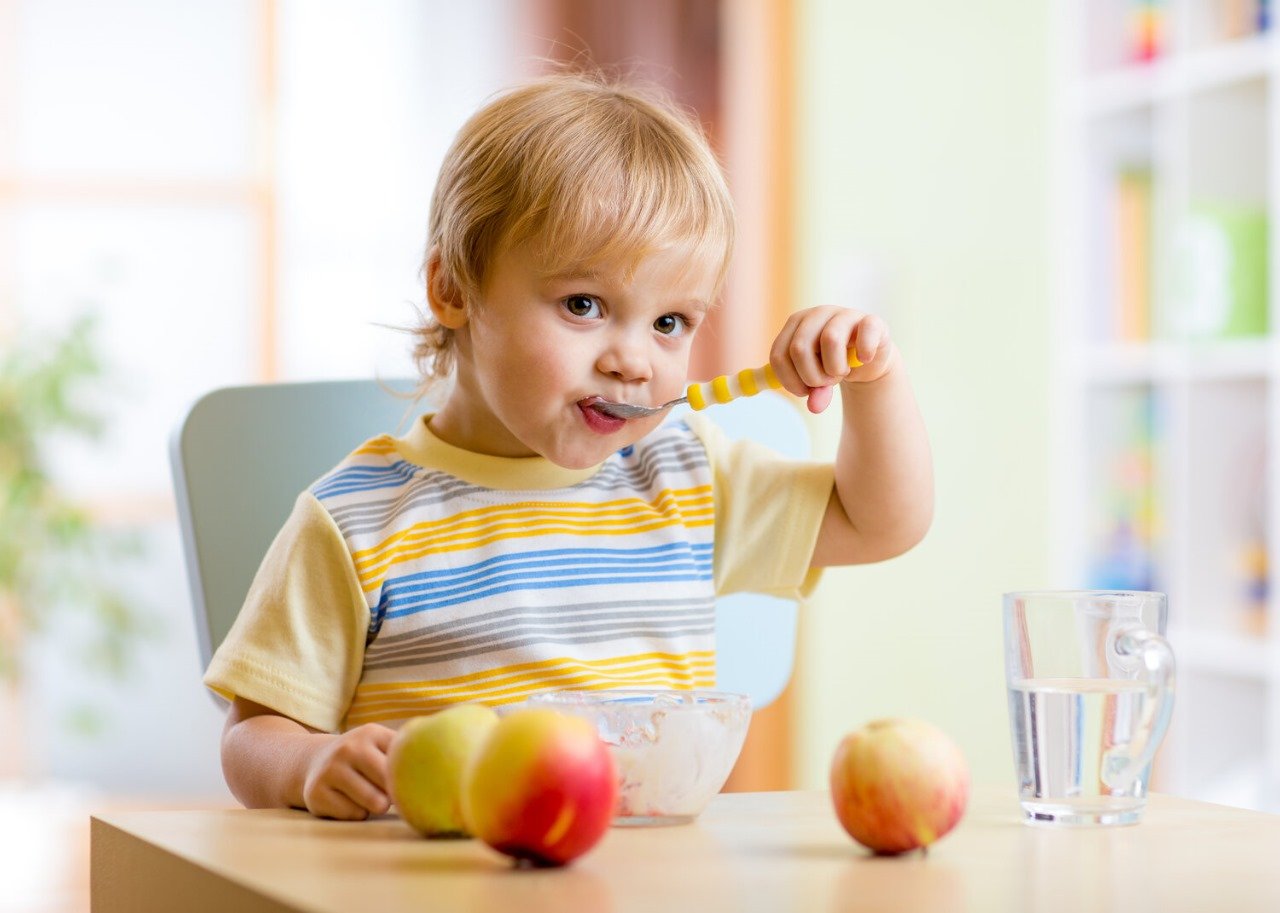
1. Allow your child to self-feed and eat at their own speed during meals
2. Provide a wide range of foods in reasonable portions
3.give them control over whether and how much they eat
4.Make an effort not to hover over your kid
5.Sit back and converse with the entire family, including your child
If you approach mealtime as “family bonding time” rather than “get my kid to eat time,” your child will feel less pressurised and will be more willing to try new or previously rejected items.
2. GET KID INVOLVED IN FOOD PREPERATION
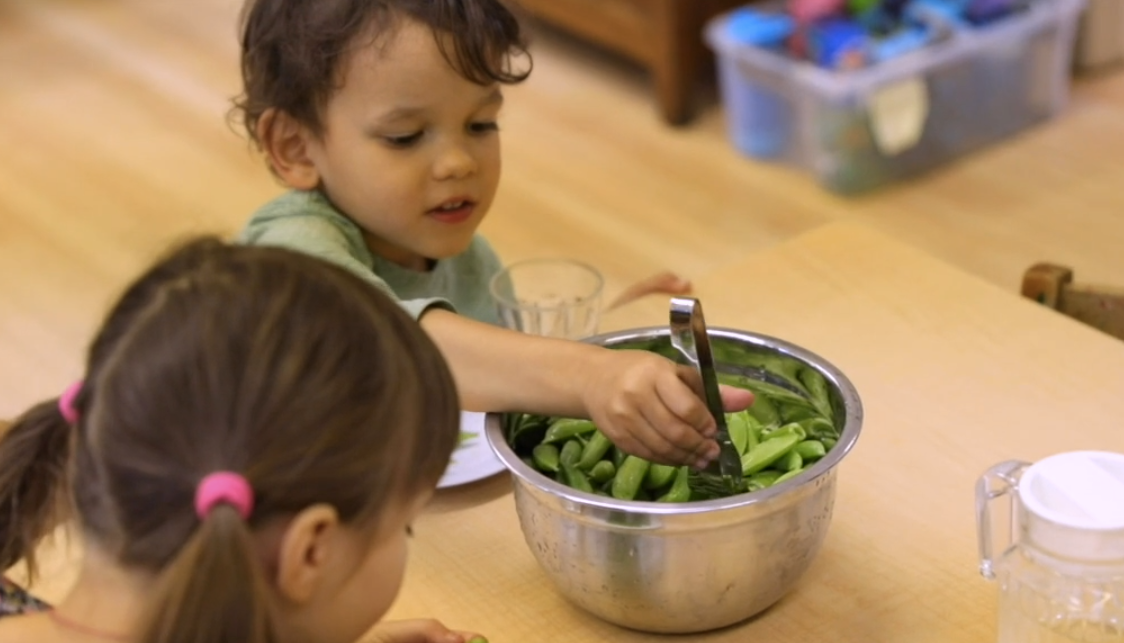
Involve them with the purchasing, preparation, menu planning, cooking, serving, cleanup and packing there own lunch boxes Yes, incorporating your children may make the process longer and sometimes more frustrating, but the advantages are enormous and well worth it. Serve dishes family-style (almost like a deconstructed dinner!). Place all of the items on the table and allow your children to create their own supper. This allows you to remain in command of what is served while still giving your children a sense of freedom and power.
3. No Distractions while Eating

There will be no toys at the table and no eating in front of the television this also applies to parents—no phones at the table! Many parents rely on screens or toys to divert their child into eating two or three more bites, but this is counter-productive and can exacerbate the problem (as well as develop an annoying, difficult-to-break habit!). Distractions such as screens and video games interfere with a child’s capacity to self-regulate and tune in to their appetite.
4. Serve small portions in start
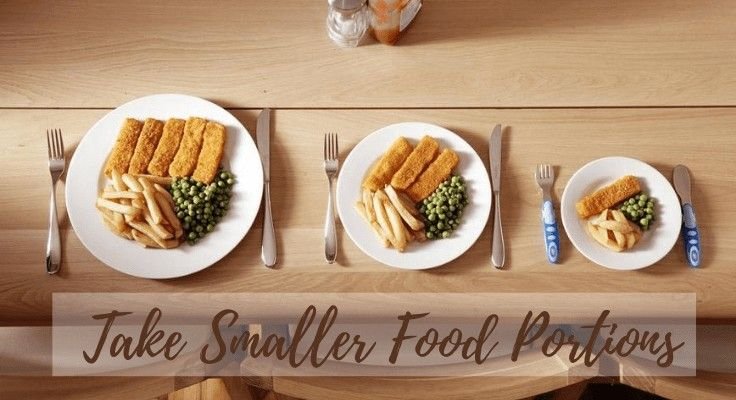
Too large of a portion of any food, immediately become turned off and don’t eat as much.
5.Use Colourful Utensils For Eating
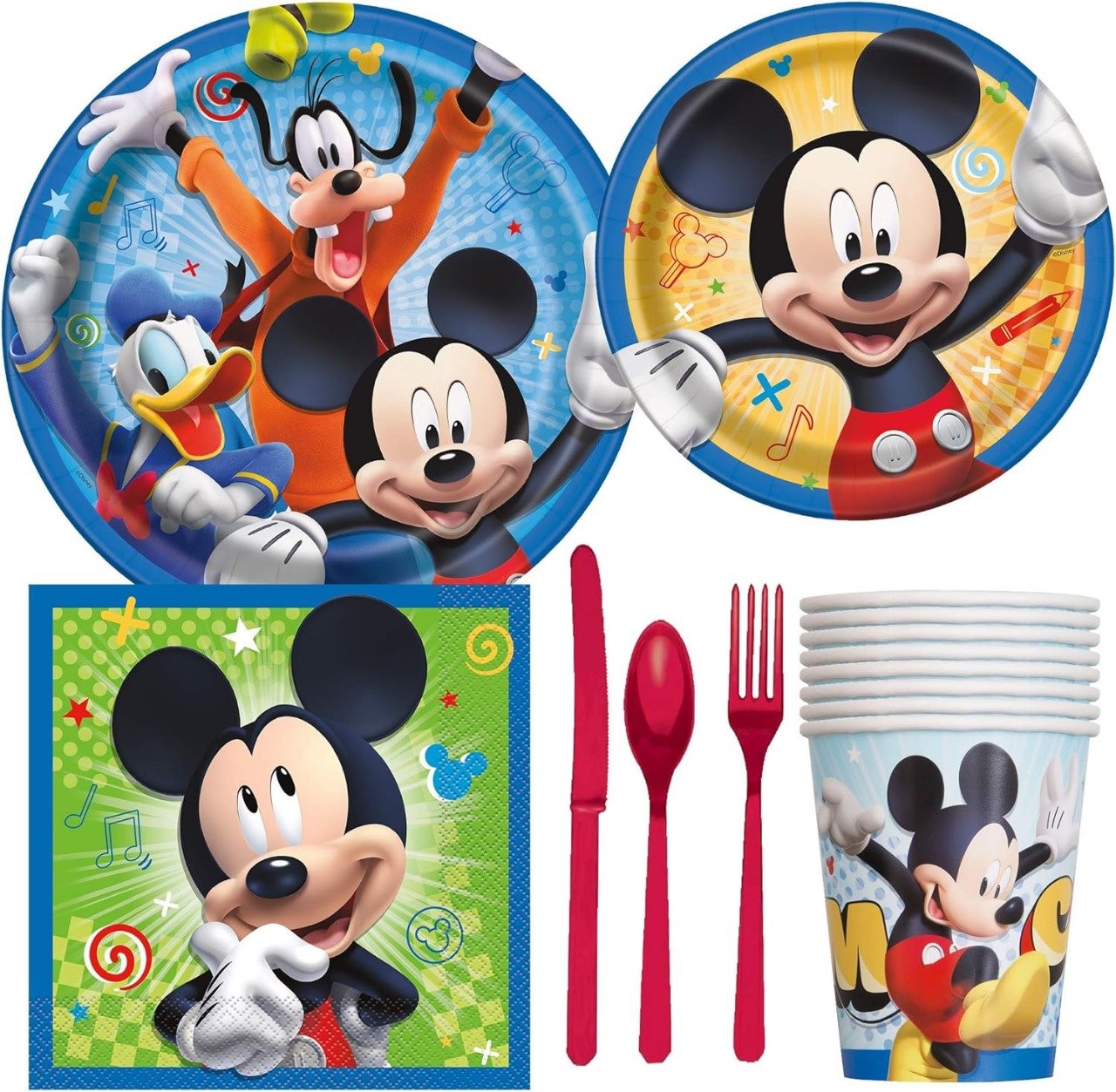
Use micky mouse or favourite cartoon utensils so they feel like playing with them and eating as well.
6.DO NOT GIVE TOO MUCH MILK OR JUICES
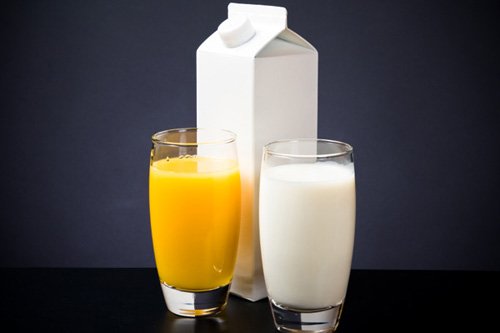
No more than 500mL (two cups) of milk should be given to toddlers and children each day. Try half a cup at each meal (or immediately after), leaving room for another half cup before night if it is part of your routine. For hydration, water should be the sole beverage supplied between meals. Juice includes extra calories and sugar that youngsters do not require; it fills them up while providing little nutritious benefit. Did you know that a 250 mL (1 cup) juice container has six teaspoons of sugar in it? If your youngsters consume juice, restrict their intake to no more than 125 mL (1/2 cup) each day and dilute it with water (and offer at meals with food).
7.CONTROL THERE SNACKS
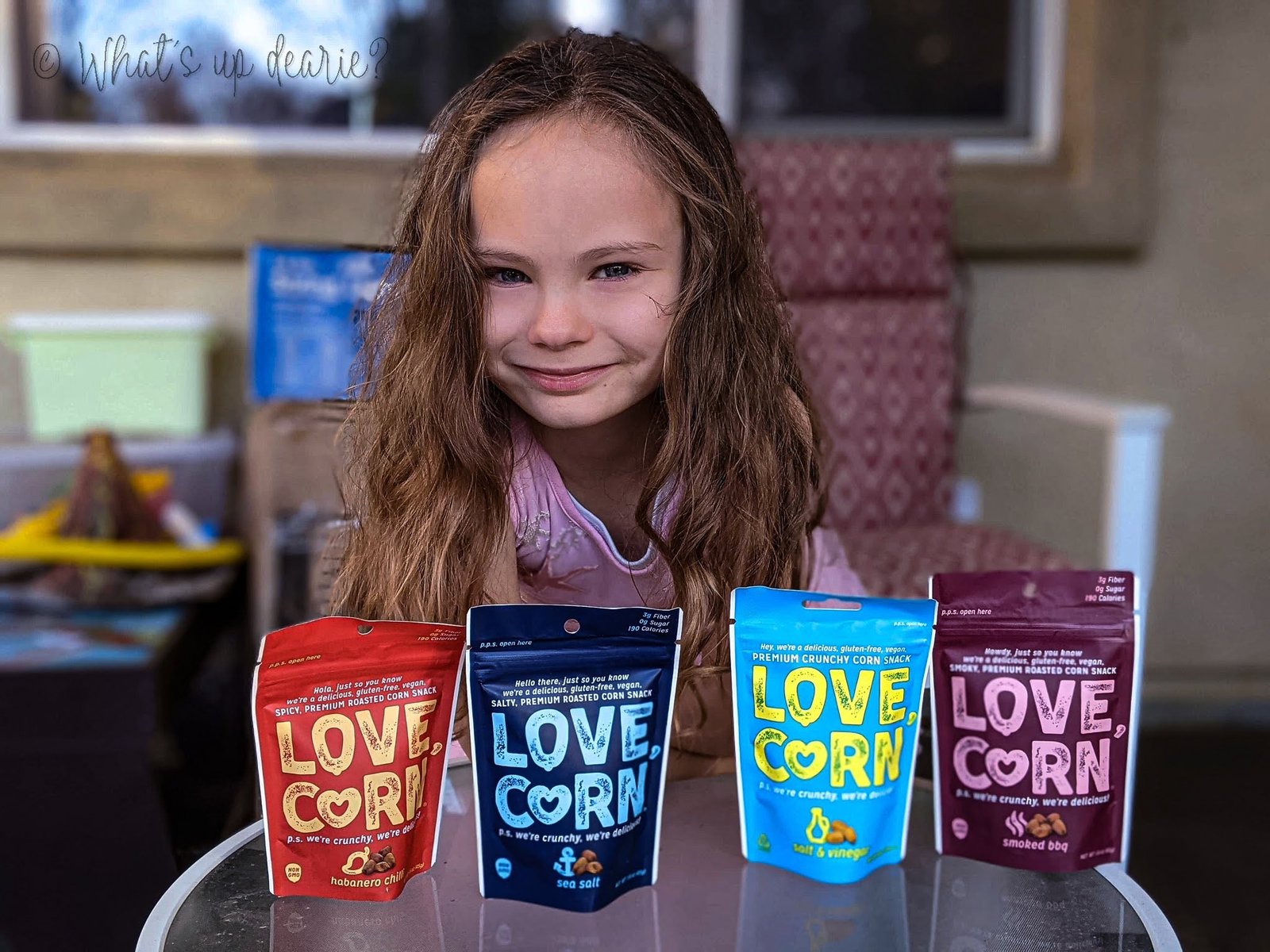
Rather to snacking being a random free-for-all in between meals, there should be a defined snack time where one or two items of the parent’s choice (such as yoghurt and fruit or cheese and crackers) are supplied. Toddlers and young children must be given the opportunity to develop an appetite for meals; otherwise, they will not eat much and will find it difficult to acquire self-regulation. This not only disrupts family mealtimes, but it may also have a long-term impact on a child’s nutritional intake and general relationship with food.
8.Introducing new food, previously rejected food to the kid
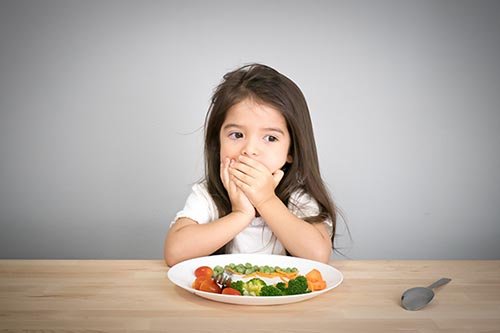
For unexpected or previously rejected meals, try a “trial plate.” It frequently works beautifully!! Try out the test plate! Try putting a testing plate next to your child’s regular plate or bowl. This is meant for items that are strange, frightening, or “unappetizing.” Children are not required to consume or even taste the meals on this plate, but they may touch, sniff, mash, stack, lick, or taste and politely spit them out. It’s a safe and enjoyable way to experiment with food without actually eating it. And it puts children one step closer to finally embracing them! The second alternative is to simply separate the things on their plate. Some children dislike having their foods contact, therefore a split dish might also work nicely. Recognise their bravery. Parents frequently commend their children for trying new meals or consuming specified quantities. Over-praise during meals, while well-intended, conveys the incorrect impression. We want our children to eat instinctively and to develop a taste for a range of foods in their own time. Instead of applauding, recognise and praise your child’s bravery while attempting something new, such as “That was incredibly brave of you to try the broccoli tonight!” It will build their confidence and raise the probability of your youngster trying new meals in the future. I hope these remedies helped you in finding new ways to deal with your babies hunger , and like many other parents you too will become a part of a happy parenting community .
